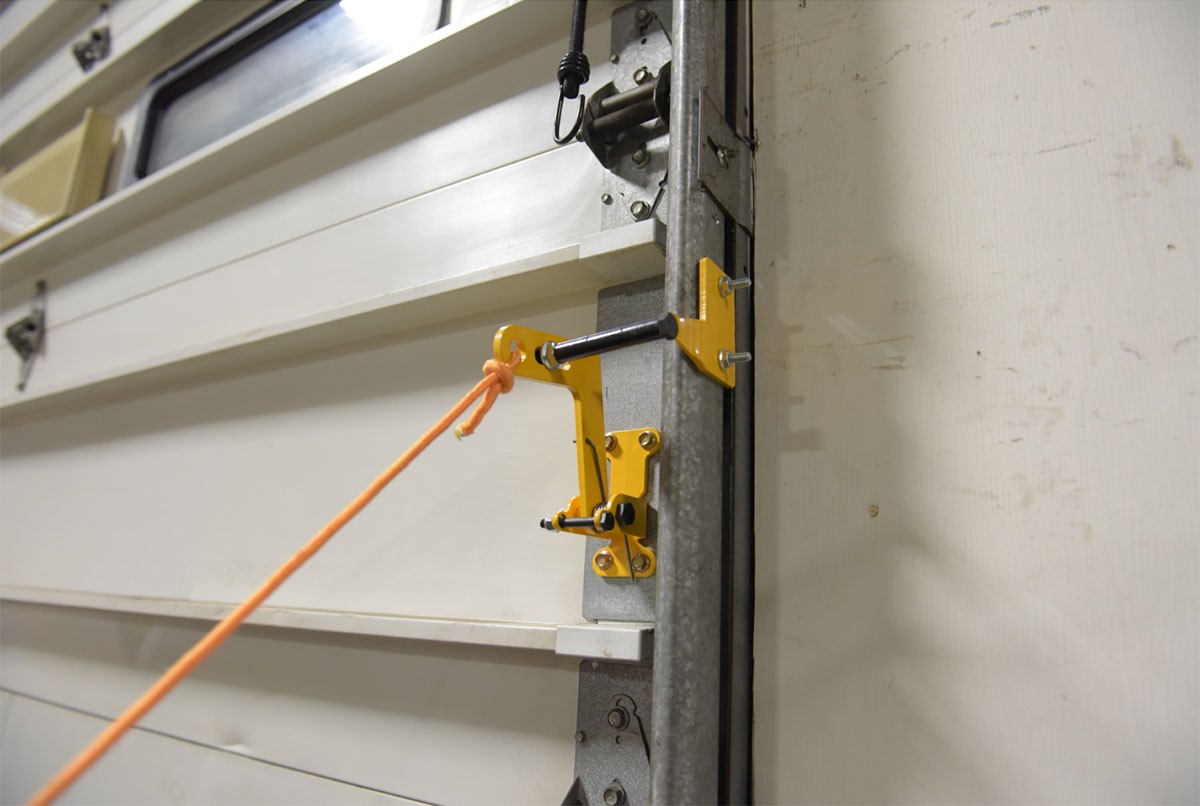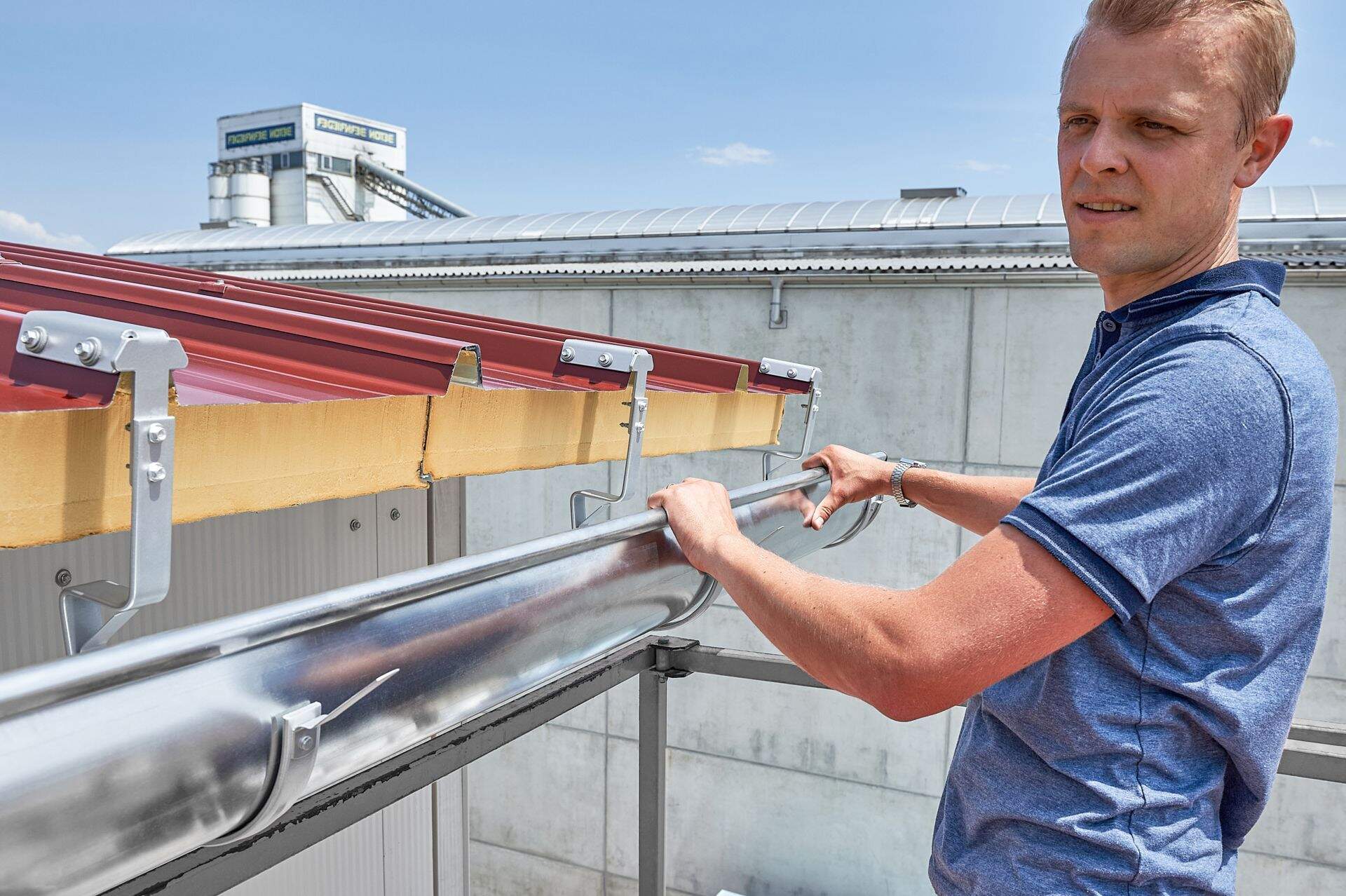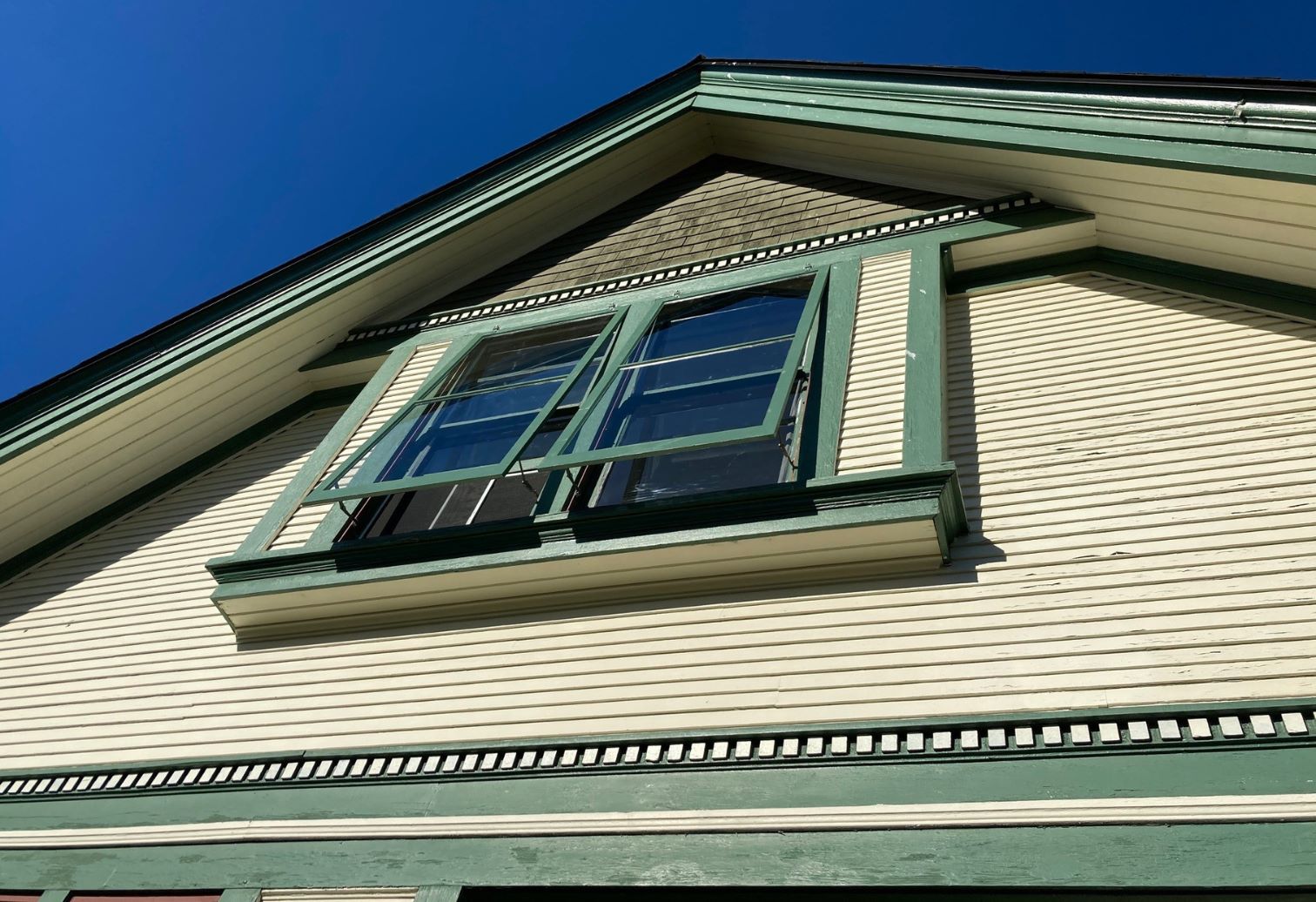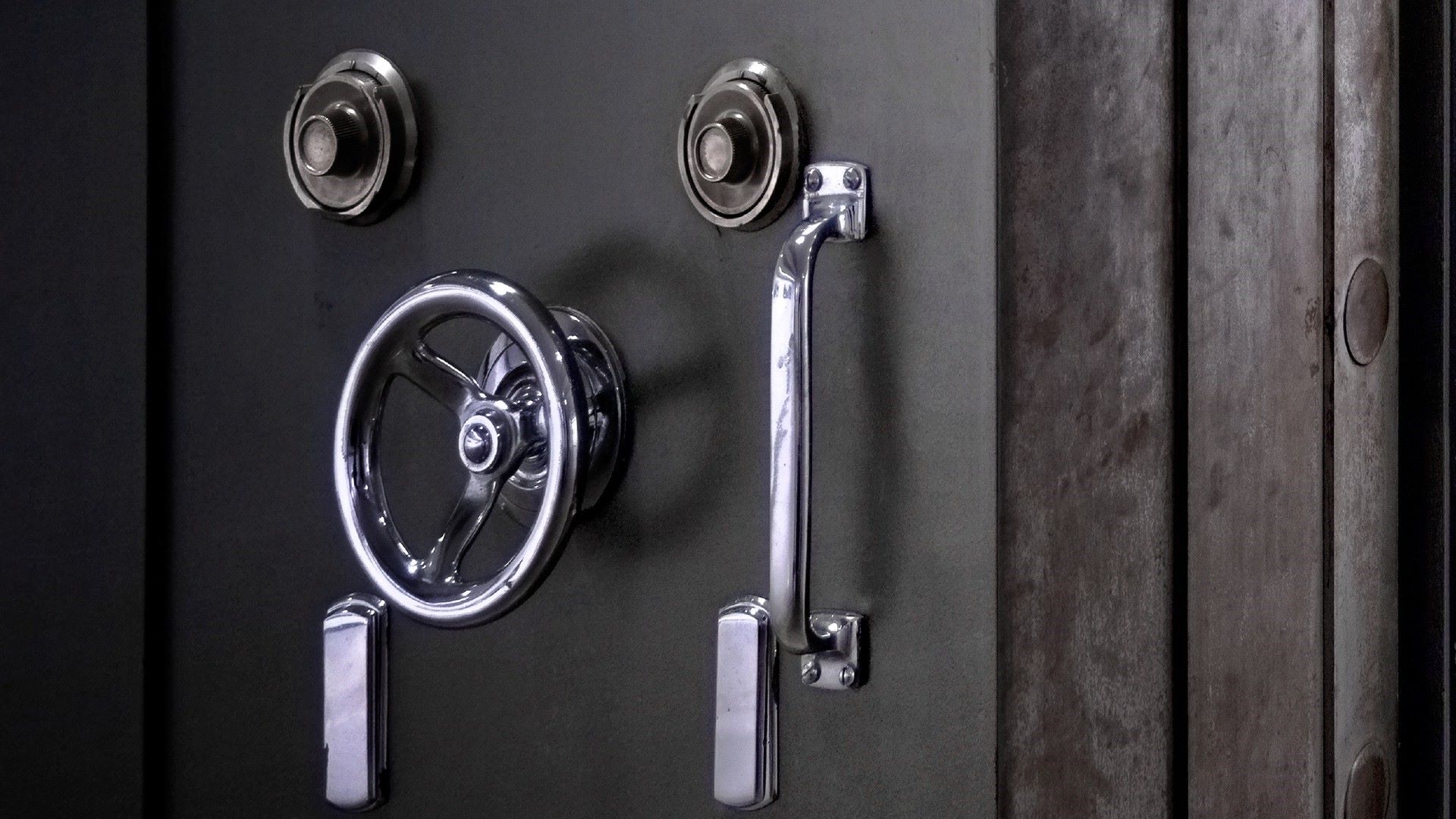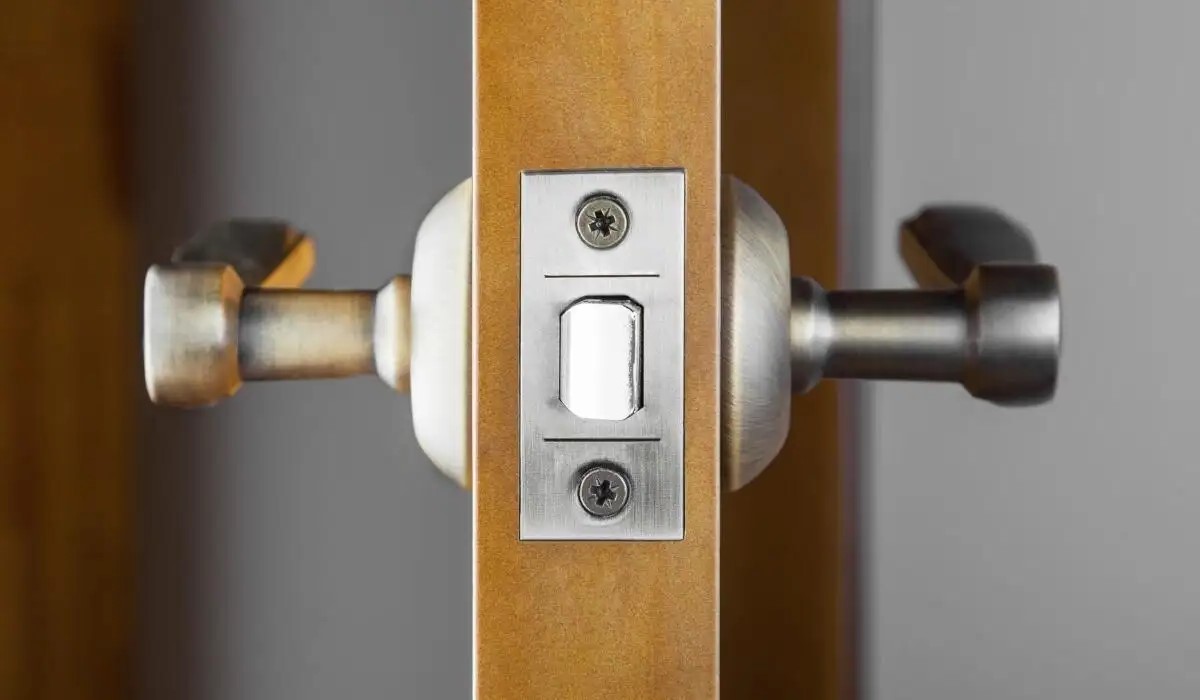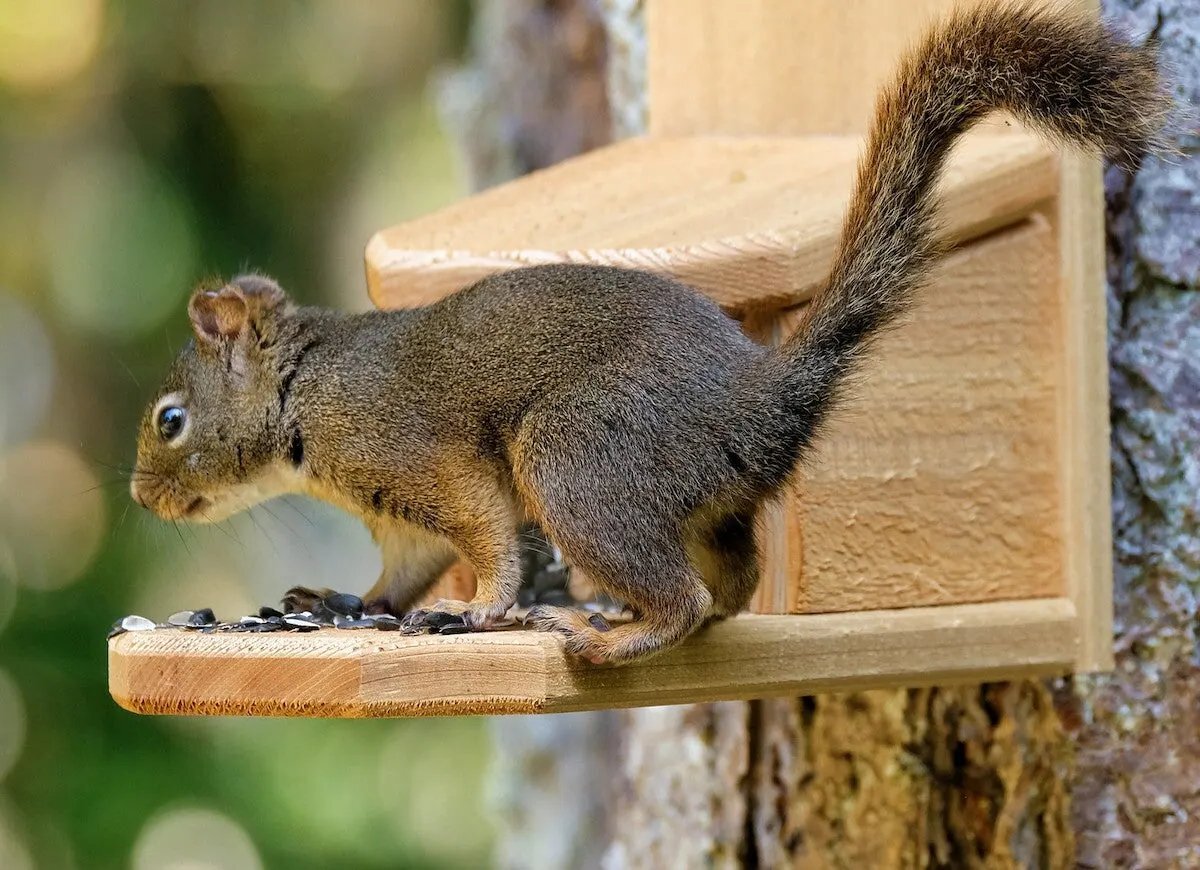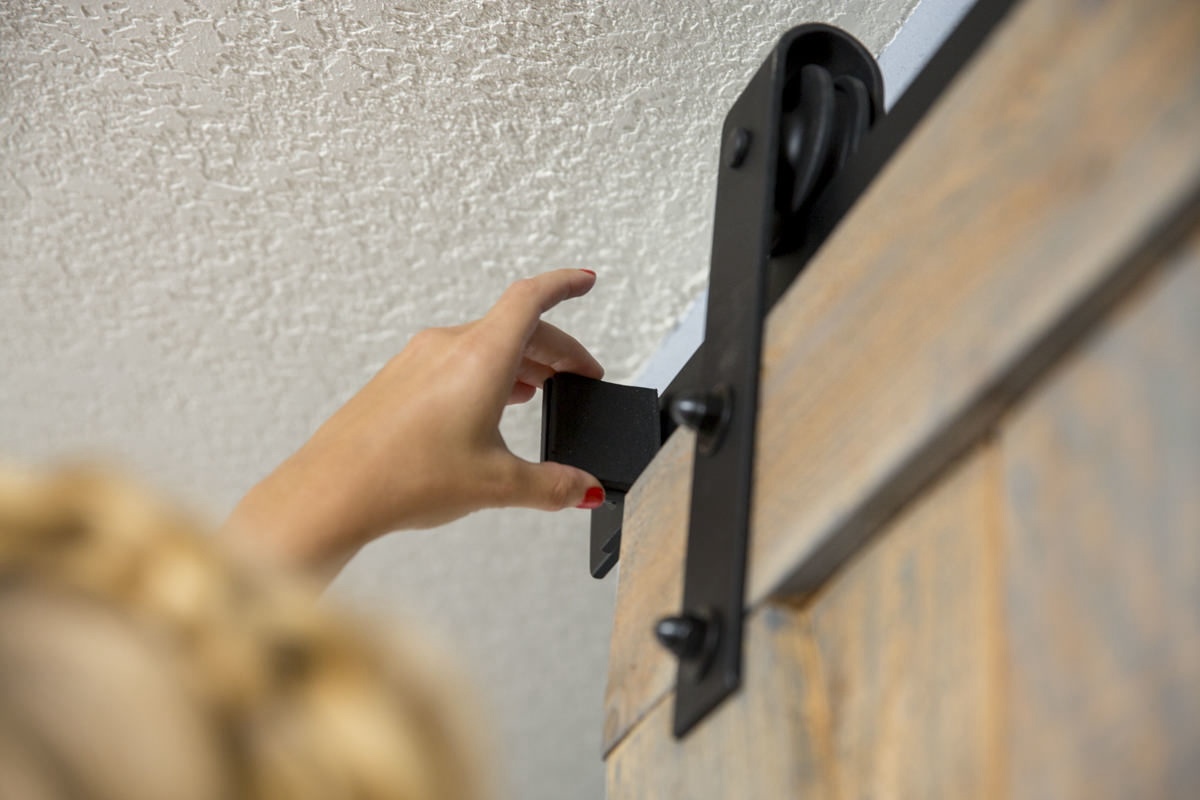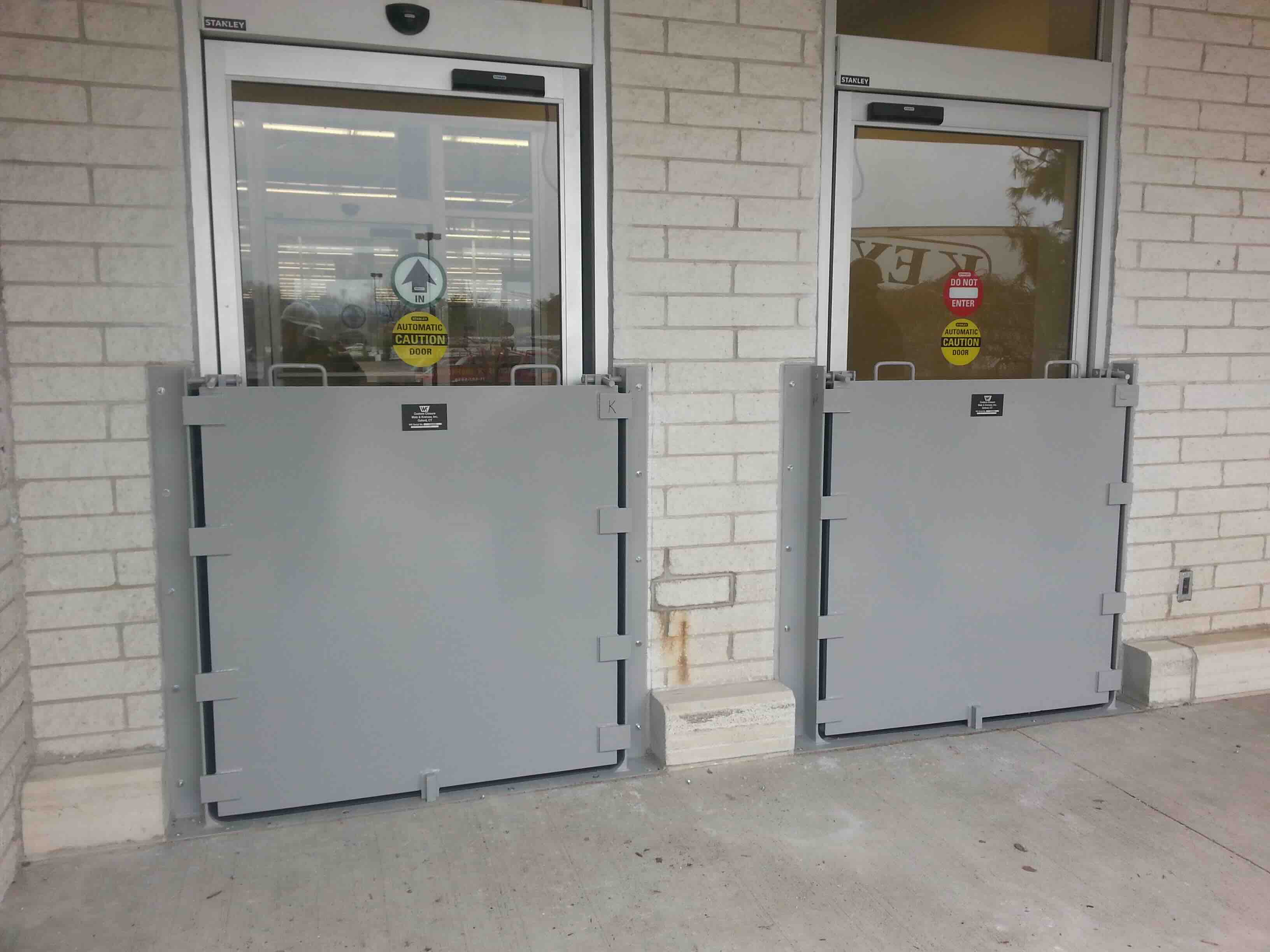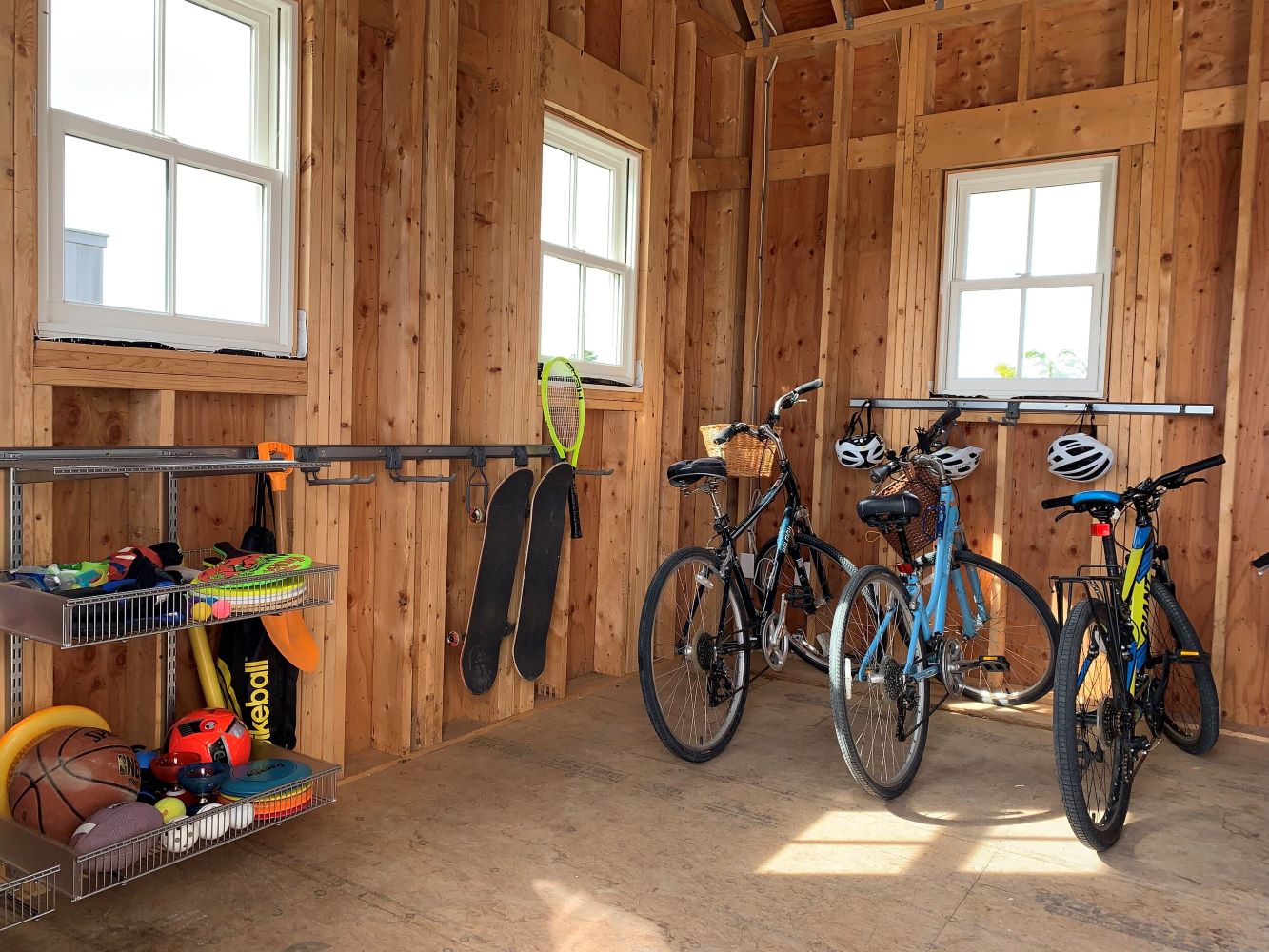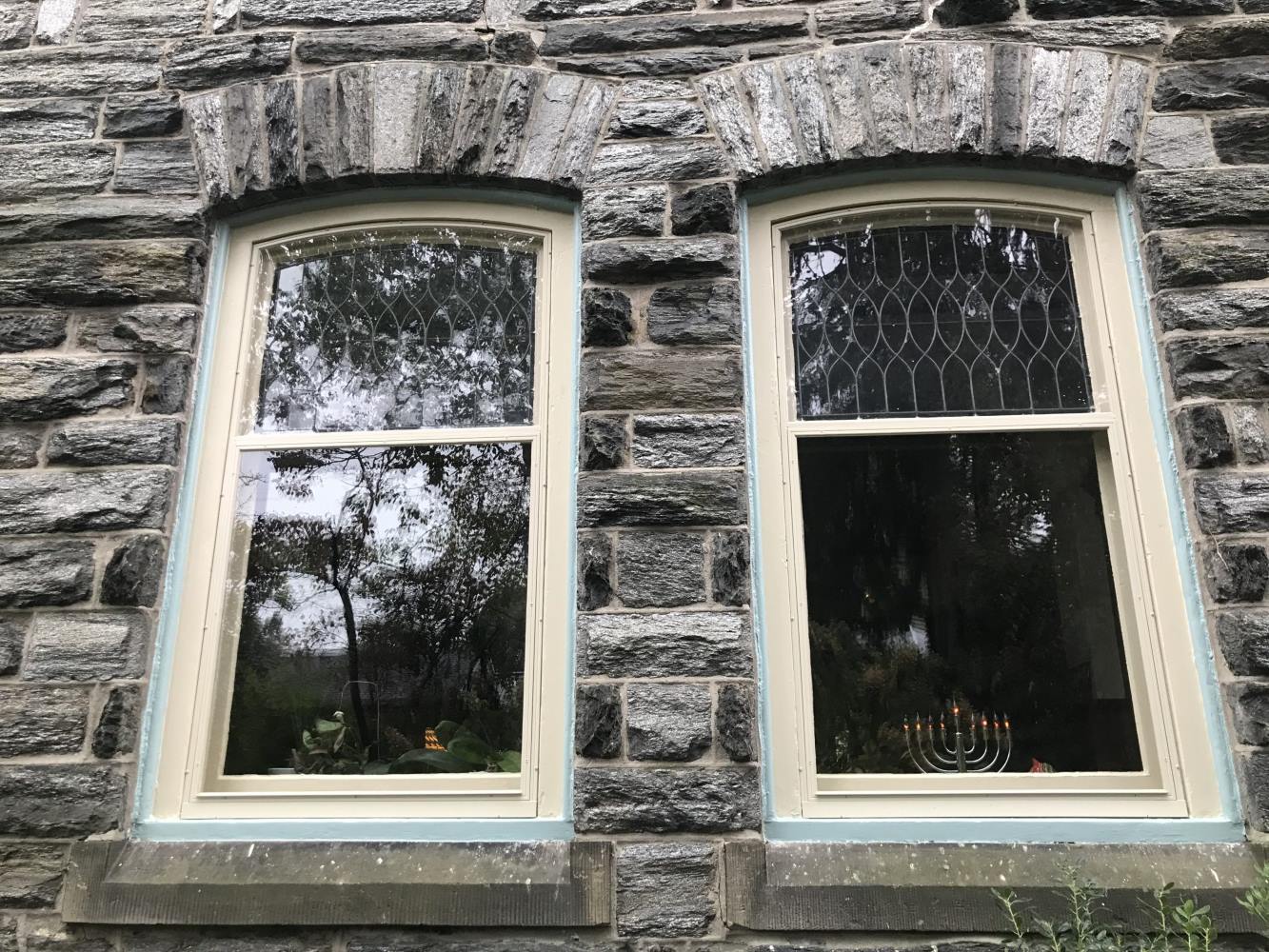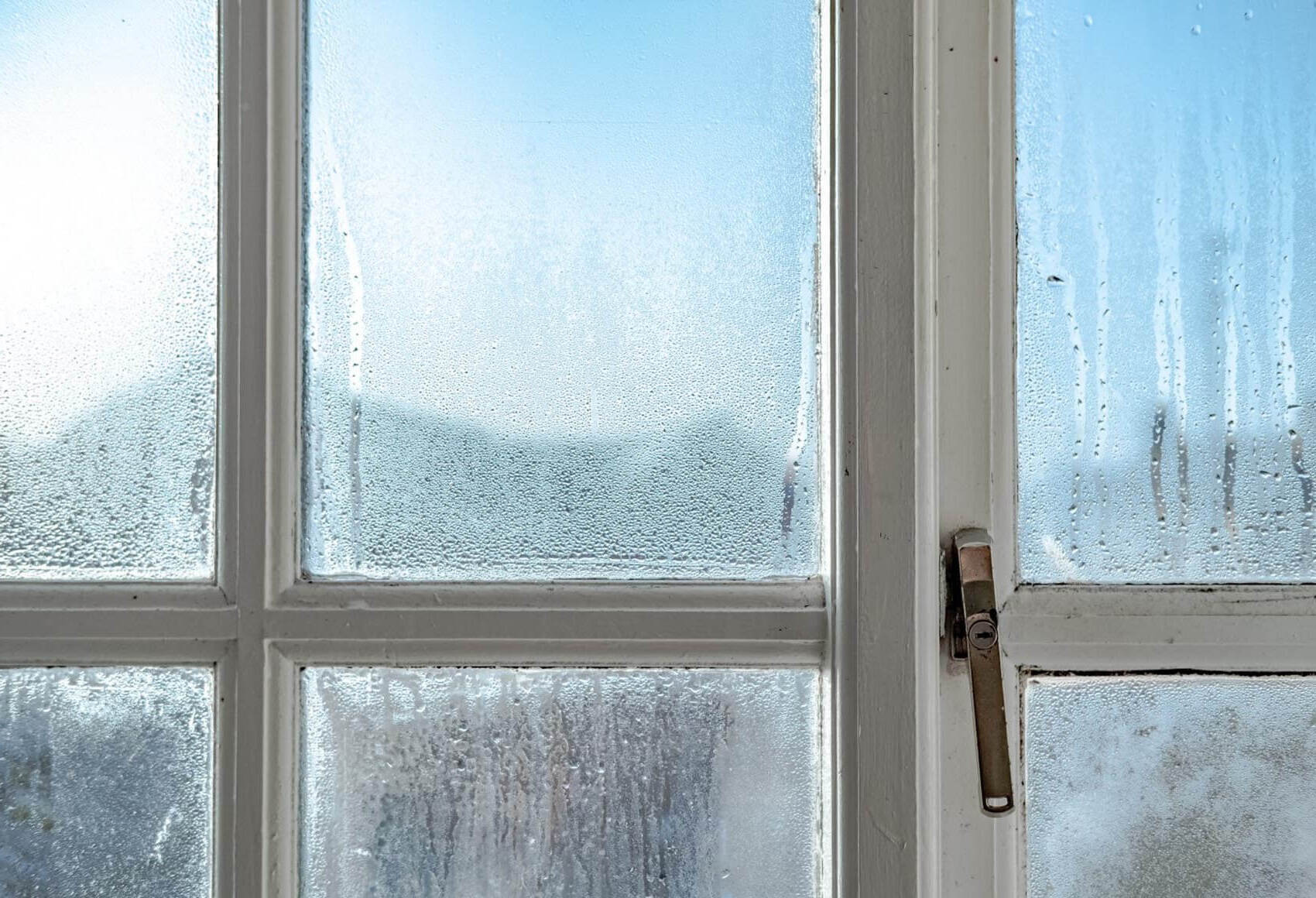Home>Create & Decorate>DIY & Crafts>Carpenter Bee Traps: DIY Solutions For Protecting Your Home
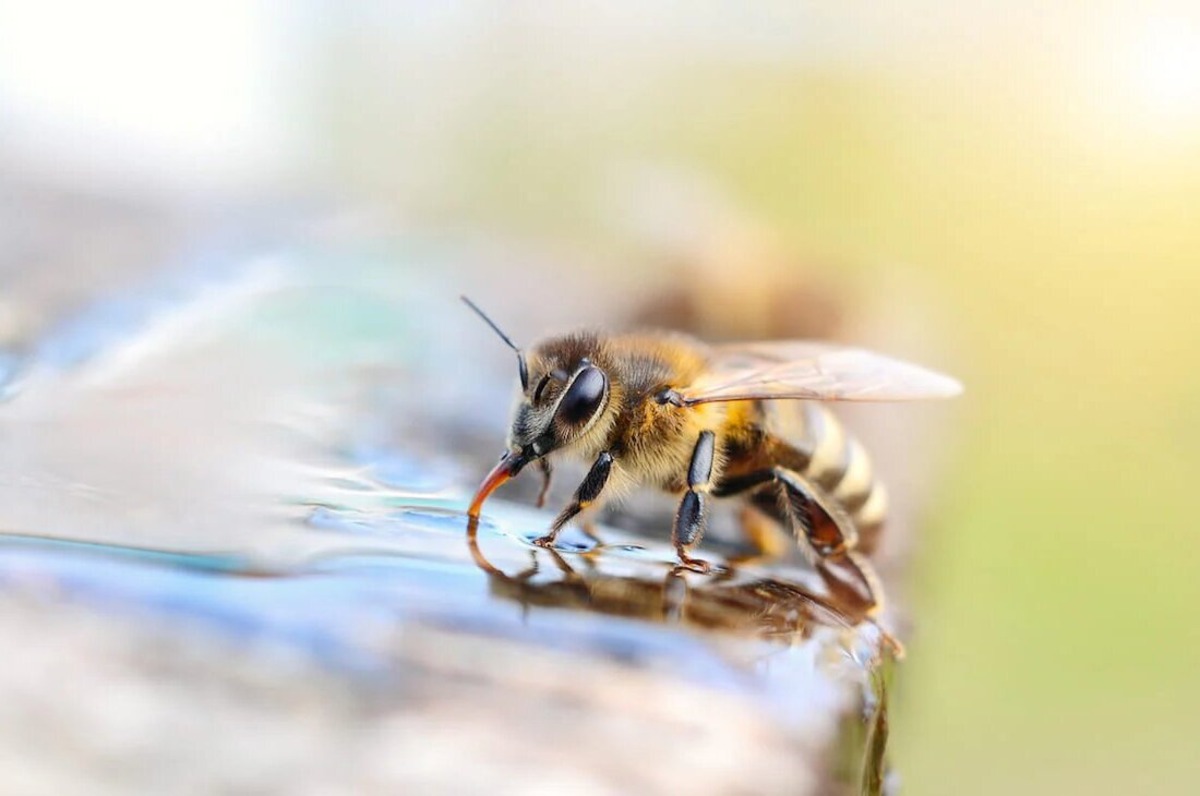

DIY & Crafts
Carpenter Bee Traps: DIY Solutions For Protecting Your Home
Published: May 8, 2024

Content Creator specializing in woodworking and interior transformations. Caegan's guides motivate readers to undertake their own projects, while his custom furniture adds a personal touch.
Discover effective DIY solutions for protecting your home from carpenter bees with our expertly crafted carpenter bee traps. Learn how to safeguard your property with our DIY & Crafts tips.
(Many of the links in this article redirect to a specific reviewed product. Your purchase of these products through affiliate links helps to generate commission for Twigandthistle.com, at no extra cost. Learn more)
Understanding Carpenter Bees
Carpenter bees, scientifically known as Xylocopa, are large, solitary bees that are often mistaken for bumblebees due to their similar appearance. These bees are typically black with a shiny abdomen, and they can range in size from about 1/2 to 1 inch in length. Unlike other bee species, carpenter bees do not live in hives. Instead, they prefer to bore into wood to create galleries where they lay their eggs. These bees are commonly found in various regions across the United States and can cause damage to wooden structures if left unchecked.
Carpenter bees are known for their distinctive nesting habits, which involve drilling perfectly round holes into wooden surfaces. These holes are typically about a half-inch in diameter and are often found in eaves, decks, porches, and other wooden structures around the home. Once inside the wood, carpenter bees create tunnels that can extend several feet in length. These tunnels serve as a place for the bees to lay their eggs and protect their larvae as they develop.
One interesting fact about carpenter bees is that only the female bees have the ability to sting, although they are not typically aggressive. The males, on the other hand, are quite territorial and may exhibit aggressive behavior, but they are unable to sting. Despite this, it's important to exercise caution around carpenter bees, especially if you suspect an infestation near your home.
Understanding the behavior and habits of carpenter bees is crucial for effectively managing and preventing infestations. By familiarizing yourself with the characteristics and nesting patterns of these bees, you can take proactive measures to protect your home and property from potential damage.
Read more: DIY Trap Door Ideas
Signs of Carpenter Bee Infestation
-
Round Holes in Wood: One of the most obvious signs of a carpenter bee infestation is the presence of perfectly round holes in wooden structures. These holes are typically about a half-inch in diameter and are evidence of the bees' nesting activities.
-
Sawdust Piles: As carpenter bees excavate their tunnels within the wood, they push the sawdust out of the entrance holes. This results in the accumulation of sawdust piles beneath the infested areas, indicating ongoing bee activity.
-
Bee Activity: Observing the bees themselves can also be a clear indicator of an infestation. If you notice large, black bees hovering around wooden surfaces, particularly during the spring and summer months, it's likely that you have a carpenter bee infestation.
-
Staining on Wood: Over time, the repeated entrance and exit of carpenter bees from their nesting sites can lead to staining on the wood. This staining is caused by the bees' excrement and can serve as a visual cue for identifying infested areas.
-
Audible Sounds: In some cases, you may be able to hear the sounds of carpenter bees at work. The buzzing and drilling noises they produce as they bore into the wood can be an auditory sign of infestation.
Recognizing these signs of carpenter bee infestation is essential for taking timely action to address the issue and prevent further damage to your property. If you notice any of these indicators, it's advisable to implement effective control measures to protect your home from the potential risks associated with carpenter bee infestations.
Risks and Damage Caused by Carpenter Bees
Carpenter bees pose several risks and can cause significant damage to wooden structures, making it essential to address infestations promptly. Understanding the potential consequences of carpenter bee activity can help homeowners take proactive measures to protect their properties.
Structural Damage
The primary risk associated with carpenter bees is the structural damage they can inflict on wooden elements of buildings. As these bees bore into the wood to create their galleries, they weaken the structural integrity of the affected areas. Over time, this can lead to extensive damage, compromising the stability of decks, eaves, porches, and other wooden components of homes. If left unchecked, carpenter bee infestations can result in costly repairs and pose safety hazards for occupants.
Wood Decay and Rot
In addition to the physical damage caused by their nesting activities, carpenter bees can contribute to wood decay and rot. The tunnels created by the bees provide entry points for moisture, which can lead to the deterioration of the surrounding wood. This moisture intrusion can promote fungal growth and compromise the longevity of the affected wooden structures. Addressing carpenter bee infestations is crucial for preventing the onset of wood decay and preserving the integrity of the wood.
Read more: DIY Basement Waterproofing Guide
Attracting Woodpeckers
Another consequence of carpenter bee infestations is the attraction of woodpeckers. These birds are known to feed on carpenter bee larvae and can cause further damage to the already weakened wood. The presence of woodpeckers can exacerbate the structural deterioration caused by carpenter bees, leading to additional repair and maintenance requirements for homeowners.
Aesthetic Impact
Beyond the structural and functional implications, carpenter bee infestations can also have an aesthetic impact on the appearance of wooden surfaces. The presence of visible entrance holes, sawdust piles, and staining can detract from the visual appeal of outdoor wooden structures. Addressing carpenter bee activity is essential for preserving the aesthetic quality of the affected areas and maintaining the overall curb appeal of the property.
By understanding the risks and potential damage caused by carpenter bees, homeowners can prioritize the implementation of effective control and prevention strategies. Proactive measures can help mitigate the risks associated with infestations and safeguard the structural integrity and visual appeal of wooden elements in and around the home.
DIY Carpenter Bee Trap Solutions
When it comes to addressing carpenter bee infestations, implementing DIY trap solutions can be an effective and environmentally friendly approach. By utilizing readily available materials and simple construction techniques, homeowners can create their own carpenter bee traps to mitigate bee activity and protect their wooden structures. Here are some DIY carpenter bee trap solutions to consider:
1. Bottle Traps
One popular DIY carpenter bee trap involves repurposing plastic bottles to create an effective trapping mechanism. To construct a bottle trap, cut the top third of a plastic bottle and invert it into the bottom portion, creating a funnel-like entrance. Fill the bottom of the bottle with a sweet liquid, such as sugar water or a mixture of water and honey. The scent of the sweet liquid will attract the bees, and once inside, they will become trapped and unable to escape.
Read more: DIY Wood Garage Kits Guide
2. Wooden Trap Boxes
Crafting wooden trap boxes is another DIY solution for capturing carpenter bees. These trap boxes can be constructed using scrap wood and basic woodworking tools. The design typically involves creating an entrance hole that leads into a chamber where the bees become trapped. By strategically placing these wooden trap boxes in areas prone to carpenter bee activity, homeowners can effectively reduce bee populations and protect their wooden structures.
3. Funnel Traps
Funnel traps are designed to exploit the natural behavior of carpenter bees, guiding them into a trap from which they cannot escape. To create a funnel trap, construct a wooden or plastic box with an entrance hole that leads into a narrow funnel-shaped interior. The bees will be drawn to the entrance and become trapped within the confined space. Funnel traps can be an efficient DIY solution for capturing carpenter bees without the use of harmful chemicals.
4. Hanging Jar Traps
Hanging jar traps offer a simple yet effective method for capturing carpenter bees. To create a hanging jar trap, suspend a glass jar filled with a sweet liquid from a wooden structure or other suitable location. The bees will be attracted to the scent of the liquid and enter the jar, where they will become trapped. Regularly emptying and replenishing the jar with fresh bait can help maintain the trap's effectiveness over time.
5. UV Light Traps
For a more advanced DIY approach, homeowners can consider constructing UV light traps to capture carpenter bees. These traps utilize ultraviolet light to attract the bees, drawing them into a containment chamber where they are captured. While UV light traps may require more technical expertise to construct, they can offer an efficient and chemical-free solution for managing carpenter bee populations.
By exploring these DIY carpenter bee trap solutions, homeowners can take proactive steps to address infestations and protect their wooden structures from the risks associated with carpenter bee activity. When implementing DIY traps, it's important to regularly monitor and maintain the traps to ensure their continued effectiveness in reducing carpenter bee populations around the home.
Best Practices for Protecting Your Home from Carpenter Bees
-
Paint or Stain Wooden Surfaces: Applying paint or stain to wooden surfaces can act as a deterrent for carpenter bees. These bees are less likely to bore into painted or stained wood, as the protective coating creates a barrier against their nesting activities. Regularly inspecting and maintaining the painted or stained surfaces can help uphold their protective qualities and minimize the risk of infestation.
-
Fill and Seal Existing Holes: If you identify existing carpenter bee holes in wooden structures, it's essential to fill and seal them promptly. Use wood putty or a suitable sealant to close off the holes and prevent further bee activity. By addressing existing entry points, you can reduce the likelihood of additional bees nesting in the same areas.
-
Use Hardwood or Treated Wood: When constructing or repairing wooden elements around your home, consider using hardwood or treated wood. These materials are less susceptible to carpenter bee damage, as they are denser and less appealing for nesting. By incorporating hardwood or treated wood into your property's construction and maintenance, you can fortify vulnerable areas against carpenter bee infestations.
-
Hang Swings and Outdoor Furniture Strategically: When installing swings, outdoor furniture, or other wooden fixtures, be mindful of their placement. Avoid hanging these items in areas highly prone to carpenter bee activity, such as under eaves or near untreated wooden surfaces. By strategically situating these wooden elements, you can minimize their attractiveness to carpenter bees and reduce the risk of infestation.
-
Apply Insecticidal Dust: Insecticidal dust can be an effective tool for managing carpenter bee populations. By applying the dust to existing carpenter bee holes, you can deter further nesting and eliminate active bees. It's important to follow the product's instructions and safety guidelines when using insecticidal dust, ensuring proper application and minimizing environmental impact.
-
Regular Inspections and Maintenance: Conduct regular inspections of wooden structures around your home to identify signs of carpenter bee activity. Look for entrance holes, sawdust piles, and staining, and promptly address any indications of infestation. Additionally, maintaining the integrity of wooden surfaces through routine maintenance, such as painting, staining, and sealing, can help fortify your home against carpenter bee damage.
-
Utilize Professional Pest Control Services: In cases of severe or persistent carpenter bee infestations, seeking professional pest control services may be necessary. Pest control experts can assess the extent of the infestation and implement targeted strategies to manage carpenter bee populations effectively. By enlisting professional assistance, homeowners can address infestations with precision and safeguard their properties from ongoing bee activity.
By incorporating these best practices into your home maintenance and pest management efforts, you can proactively protect your property from the potential risks associated with carpenter bees. Implementing preventive measures and promptly addressing signs of infestation can help preserve the structural integrity and visual appeal of your wooden structures while minimizing the impact of carpenter bee activity.

